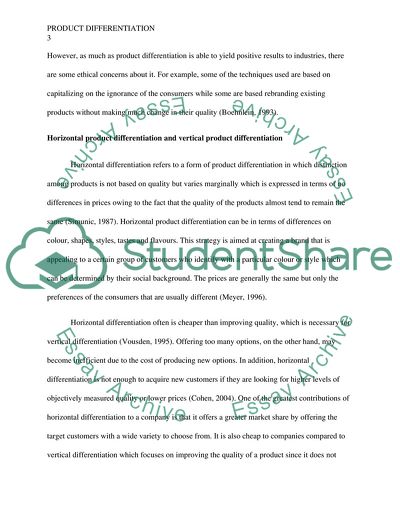Cite this document
(Product differentiation Essay Example | Topics and Well Written Essays - 1500 words, n.d.)
Product differentiation Essay Example | Topics and Well Written Essays - 1500 words. https://studentshare.org/macro-microeconomics/1820741-product-differentiation
Product differentiation Essay Example | Topics and Well Written Essays - 1500 words. https://studentshare.org/macro-microeconomics/1820741-product-differentiation
(Product Differentiation Essay Example | Topics and Well Written Essays - 1500 Words)
Product Differentiation Essay Example | Topics and Well Written Essays - 1500 Words. https://studentshare.org/macro-microeconomics/1820741-product-differentiation.
Product Differentiation Essay Example | Topics and Well Written Essays - 1500 Words. https://studentshare.org/macro-microeconomics/1820741-product-differentiation.
“Product Differentiation Essay Example | Topics and Well Written Essays - 1500 Words”. https://studentshare.org/macro-microeconomics/1820741-product-differentiation.


